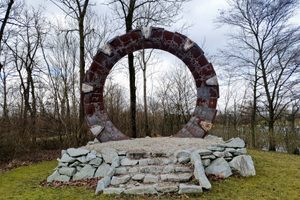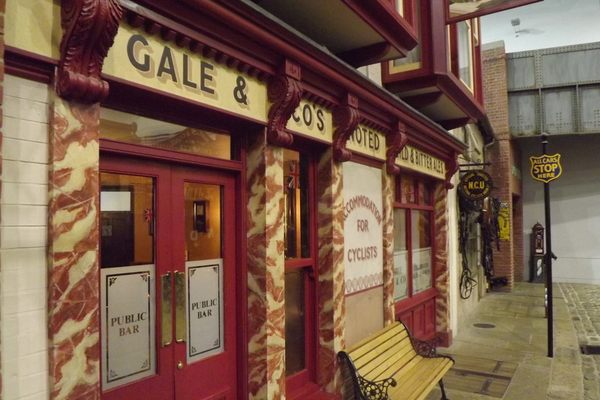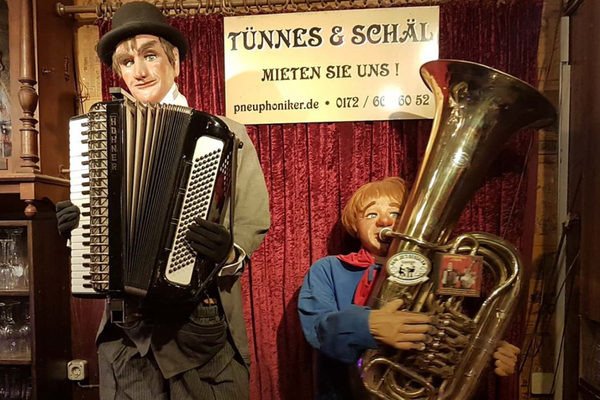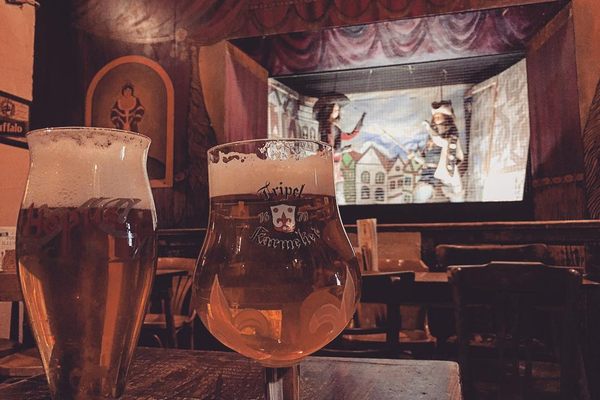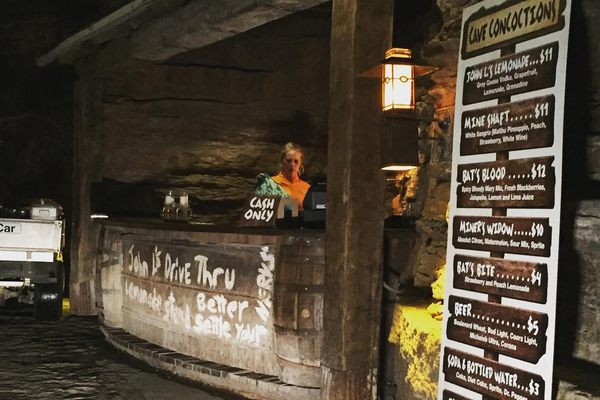About
At this fifth-generation, family-owned brewery, the beer has a not-so-secret ingredient: rocks. Not just any rocks, but hunks of granite heated in a roaring open fire. Once the stones glow dull red, the brewer carefully extracts them from the flames and adds them to 120-year-old granite vats. The white-hot granite caramelizes the malt sugars in the wort, lending a pleasantly toasty flavor to the finished Steinbier (literally “rock beer”).
Steinbier is hardly a new invention. Until the end of the 1800s, blazing-hot rocks were an oft-used component of the brewing process throughout Bavaria and much of Austria. Some beer historians believe the process developed out of necessity; most small-time farmhouse brewers lacked a proper brew kettle to boil their wort. When the onset of the 20th century brought about more standardized brewing equipment, Steinbier was replaced by less perilous brewing techniques. After the Austrian brewery Holzleger shuttered in 1917, in the wake of World War I, the style all but vanished.
Brauerei Hofstetten has played a crucial role in reviving the archaic style. Since the place itself is so steeped in history, owner Peter Krammer and his father Franz felt it only right to honor Austria’s centuries-old brewing traditions. The current site has been home to a brewery since 1449, although there are mentions of taverns brewing beer in the area dating as far back as 1229, earning it the distinction of being the oldest brewery in Austria, according to the Guinness Book of World Records. The business has been in the Krammer family ever since 1847, when Kasper, a Bohemian livestock trader, purchased the joint.
Nowadays, visitors to Brauerei Hofstetten mostly stop by to pick up the signature Granitbock, a rich, amber-hued bock, or its close cousin, the Granitbock Eis. For the latter, brewers partially freeze the beer in order to remove some of the water, leaving behind a potent, ruby-tinged 11.5 percent ABV brew.
The brewery also features a few other rare historic styles, including a faithful recreation of the Hochzeitsbier, or wedding beer, served at the marriage ceremony of Prince Ludwig of Bavaria and Princess Therese of Saxony in 1810—better known nowadays as the first Oktoberfest. Another unusual specialty is Kübelbier, a type of unfiltered beer that peasants traditionally scooped and served directly from their fermentation vats. In order to procure the first batch, Franz donned full diving gear and plunged into one of the brewery's fermentation tanks to retrieve it.
While plenty who visit simply grab a beer to go, it’s well-worth arranging for a private guided tour, which includes tastings and a behind-the-scenes look at what goes into this truly medieval beer.
Related Tags
Know Before You Go
Brewery tours must be booked in advance and are available Tuesday through Friday.
Community Contributors
Added By
Published
January 7, 2022











